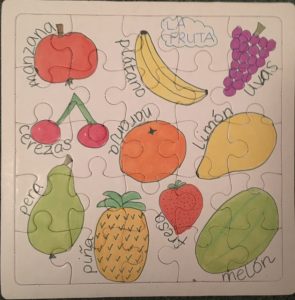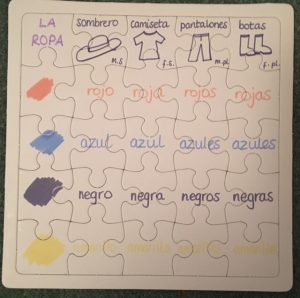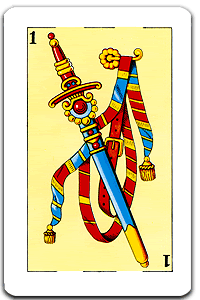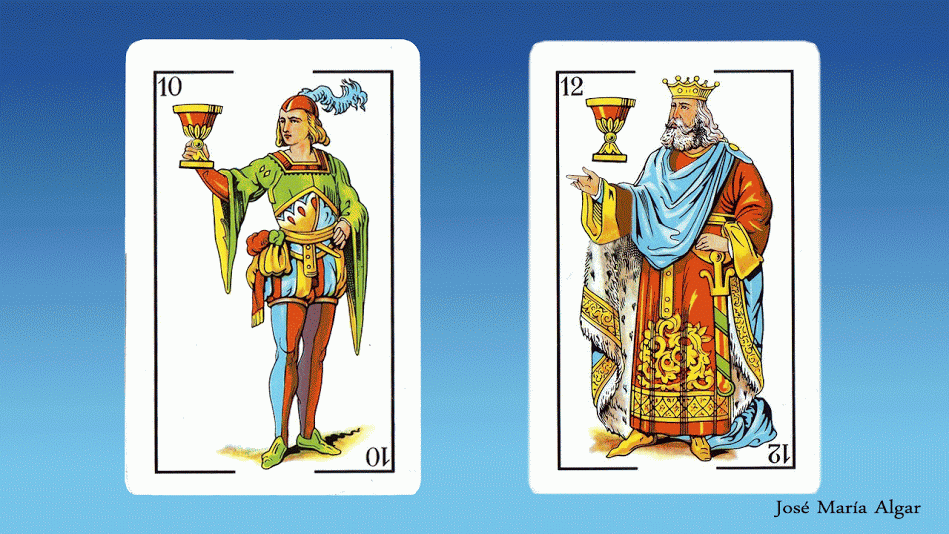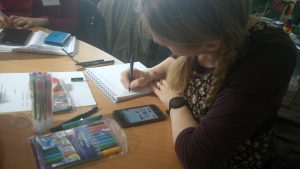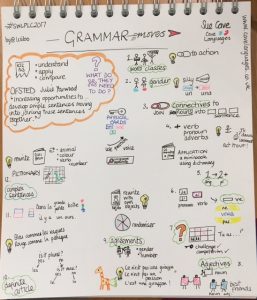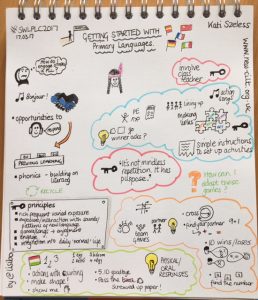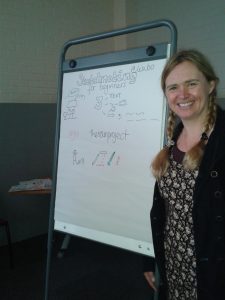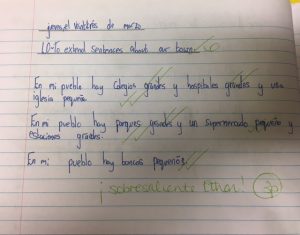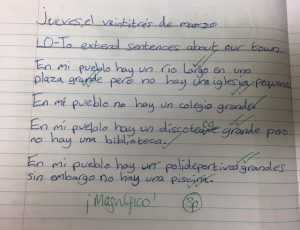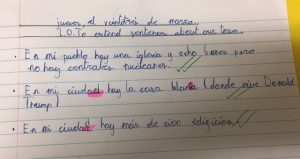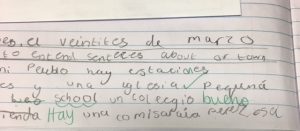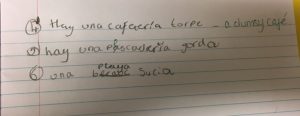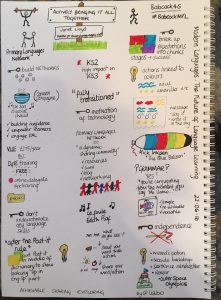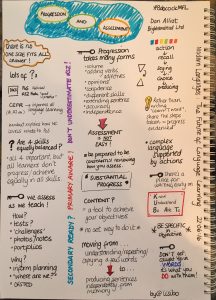 My husband often has to travel abroad with his work and, knowing my love of books, has been trained to look put for things I might like to use in the classroom. This last week, as usual, he texted me from the airport to ask about books I might like. Only he wasn’t in Spain or Germany, Switzerland or Austria, countries that speak languages I teach (or love!); he was in Lithuania.
My husband often has to travel abroad with his work and, knowing my love of books, has been trained to look put for things I might like to use in the classroom. This last week, as usual, he texted me from the airport to ask about books I might like. Only he wasn’t in Spain or Germany, Switzerland or Austria, countries that speak languages I teach (or love!); he was in Lithuania. However, I am always up for a challenge and when he sent a picture of the front of the book, I decided I liked his choice and said ‘why not?’ I think he fell in love with the covers too as he bought me two.
However, I am always up for a challenge and when he sent a picture of the front of the book, I decided I liked his choice and said ‘why not?’ I think he fell in love with the covers too as he bought me two.
And so I met Kakė Makė! I couldn’t understand a word of the books, but I immediately loved the bright pictures and quirky character of Kakė Makė that comes through the illustrations.
From the pictures I decided that Kakė Makė ir Netvarkos Nykštukas was about Kakė Makė getting up to mischief, and making an incredible mess, and an elf taking her toys away. Kakė Makė then follows the elf and tries to get the toys back by completing some tasks including a maze and fighting a monster. I also worked out that Kakė Makė is a nickname and the girl’s real name is Kornelija
I’ve since found this video that tells the story in English – and I wasn’t far off! It seems that Kakė Makė translates as GooGoo MooGoo!
And then I looked at Kakė Makė ir didelė Tamsa and concluded that it’s about a shadowy monster that scares Kakė Makė and her friends, and Kakė Makė sets off to find it, capture it in a bag and dispose of it. * What do you think? Here’s a video of the story with no narration!
I think that, as a language teacher, it’s good sometimes to put yourself into the place of a learner who has very limited or no understanding (as was my case) of the language being presented. Not only does it help you to understand the level of panic that can arise when faced with a page of unfamiliar and apparently unintelligible words, but it also clarifies how you have to rely on all the clues you can find to help you.
- Pictures – very helpful here
- Cognates – virtually non existent; I found laberintas and bibliotekininke
- Punctuation like capital letters for names – I worked out that Tamsa is the name of the monster and Pipiru is the dog. So some help but not a great deal!
- Knowledge about stories – there’s usually an opening before a build up to a problem, the problem gets fixed and there’s a conclusion.
I also looked at the text and noticed a couple of things:
- Kakė Makė is written Kakėi Makėi a couple of times, both times at the start of a sentence, and once Kakės Makės; what do those suffixes mean? I wonder if it’s to do with subject/object of the sentence? Or possession?
- Speech is denoted by – – as in Spanish, and quotations by ,, ” which I found interesting.
- I’m fascinated by the diacritical marks and accents. I want to know how they work! Does it alter the sound of the letters as in French, or the stress pattern as in Spanish? And is Lithuanian like Swedish (which I’m trying to learn on Duolingo)
I’m still not sure how, if at all, I’ll use them in my classroom but I’ve certainly enjoyed ‘reading’ them and exploring the world of Kakė Makė which, judging by my online searches, is quite extensive in Lithuania with product endorsements, themed parties, toys and much more! There’s an app you can download or you can play online (although cleaning her teeth isn’t the most exciting activity ever..) You can even be her friend on Facebook! I’m holding out to meet a Lithuanian speaker to help me read it properly!
*(After working this out, I did resort to GoogleTranslate to find out that the title means Kake Make and Big Darkness so I think I’m on the right lines!)
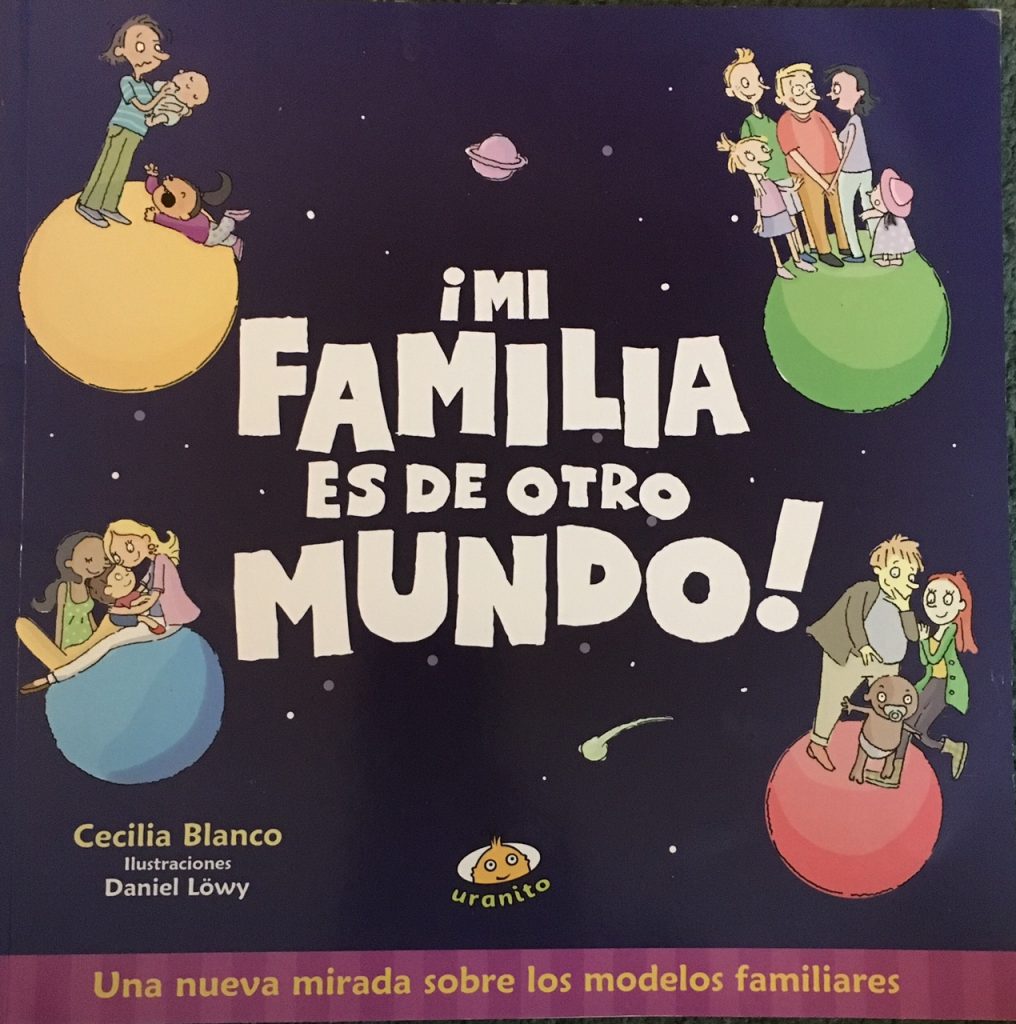
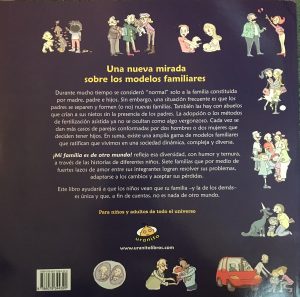
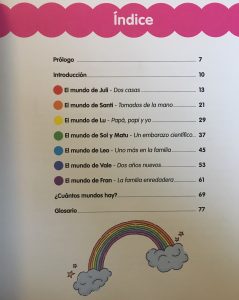
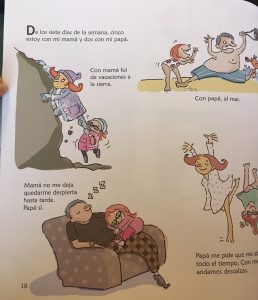
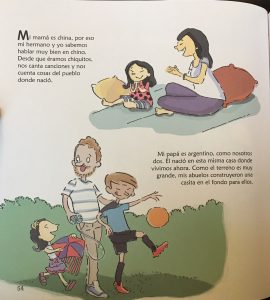
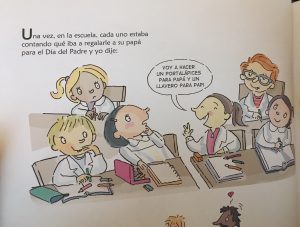
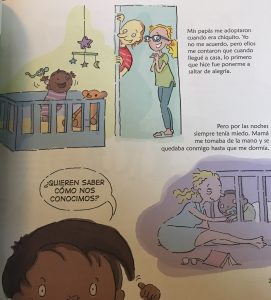
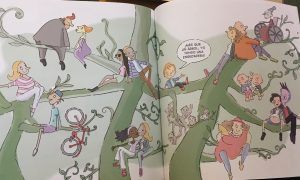

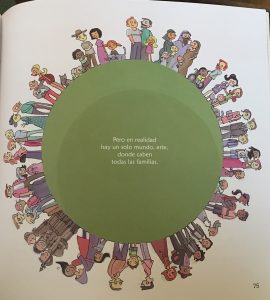
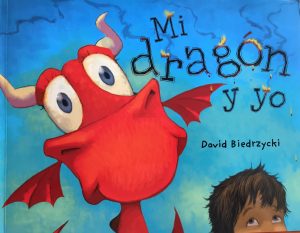 On my trip to London on Tuesday I paid a flying visit to the fourth floor of Foyles where all the language books are found. Although I was limited in the time I could spend there – 25 minutes! – and I imposed a spending limit on myself too, I still managed to come away with a couple of books.
On my trip to London on Tuesday I paid a flying visit to the fourth floor of Foyles where all the language books are found. Although I was limited in the time I could spend there – 25 minutes! – and I imposed a spending limit on myself too, I still managed to come away with a couple of books.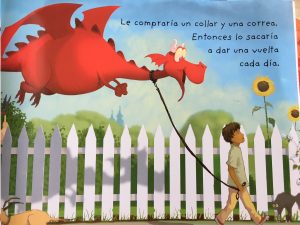
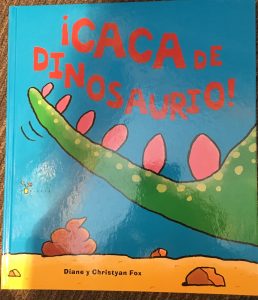
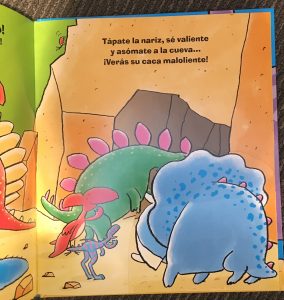

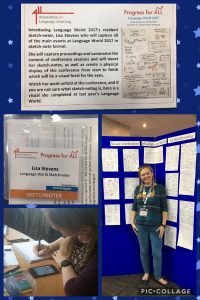
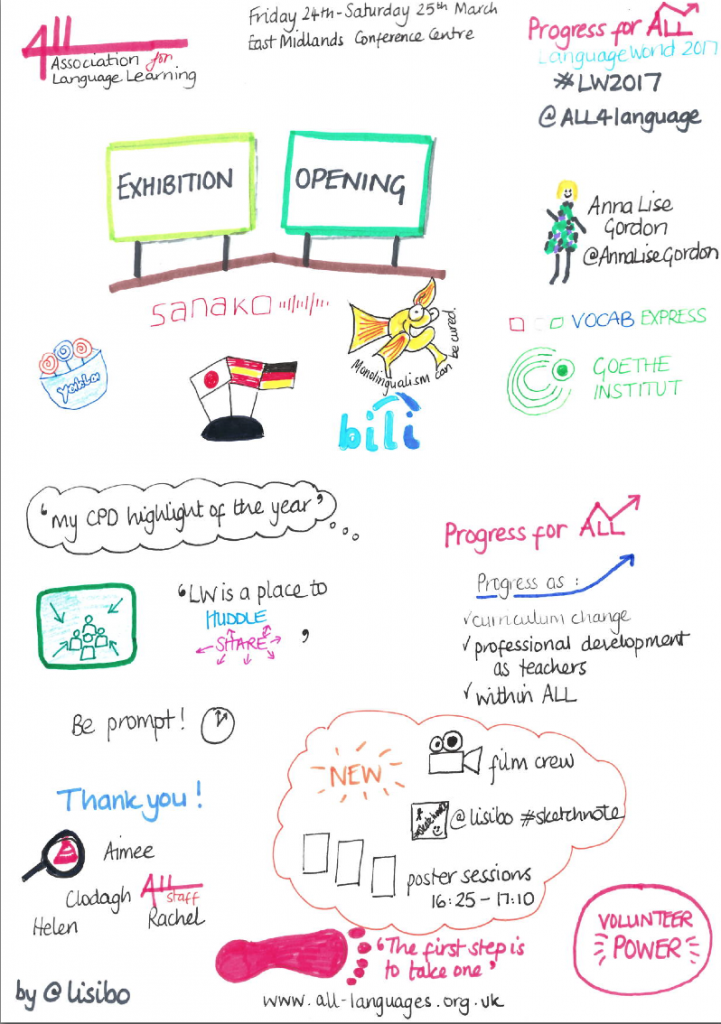
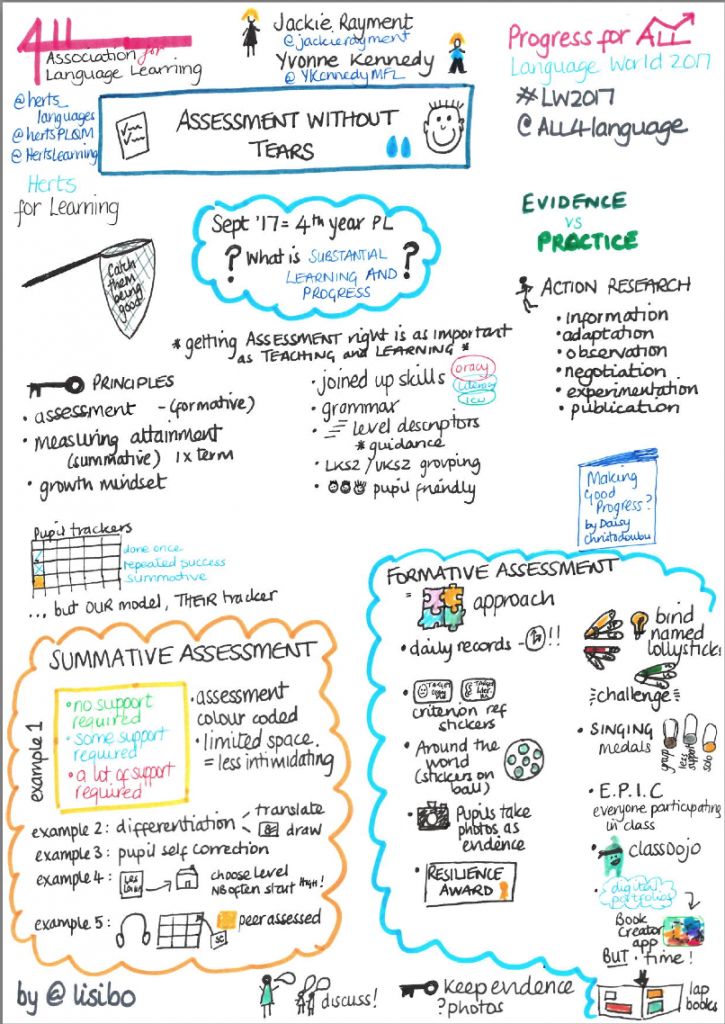
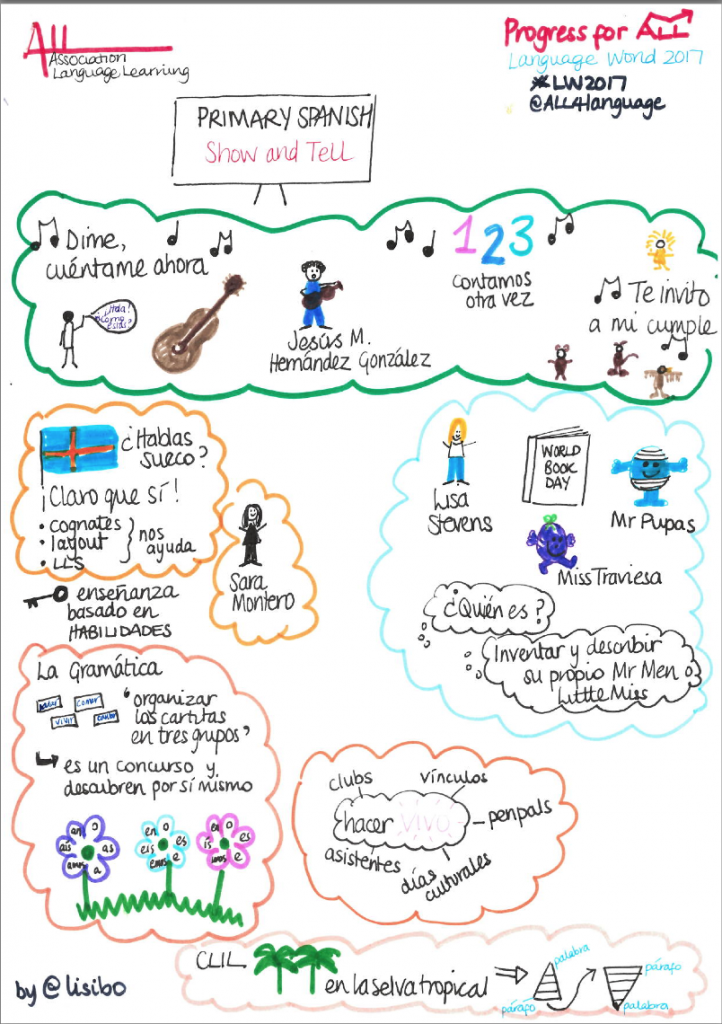
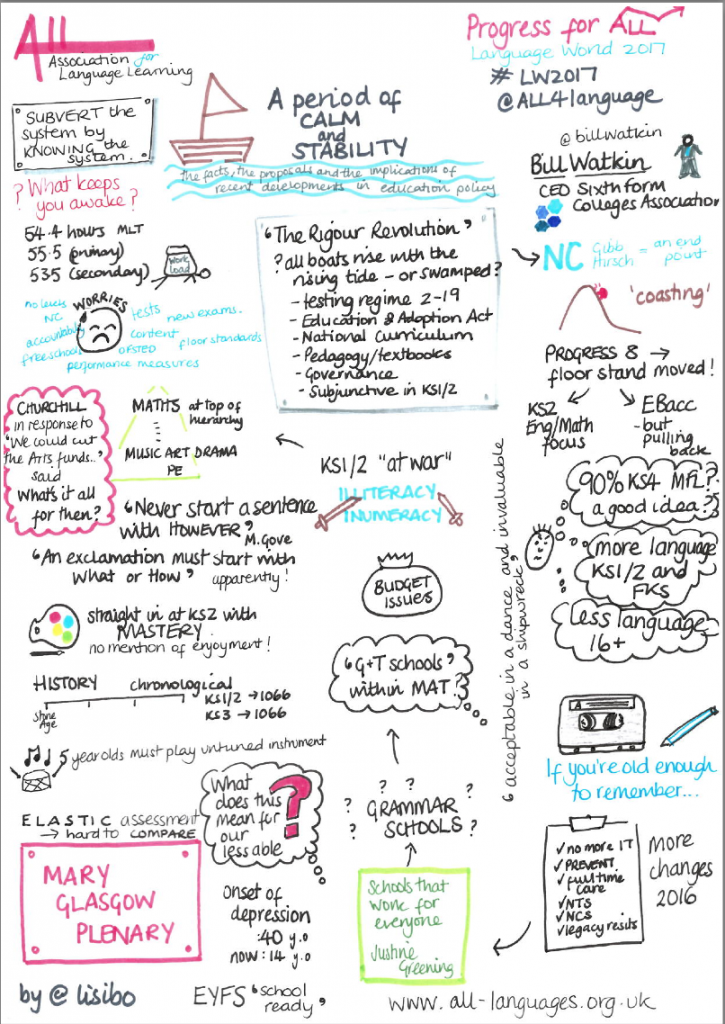
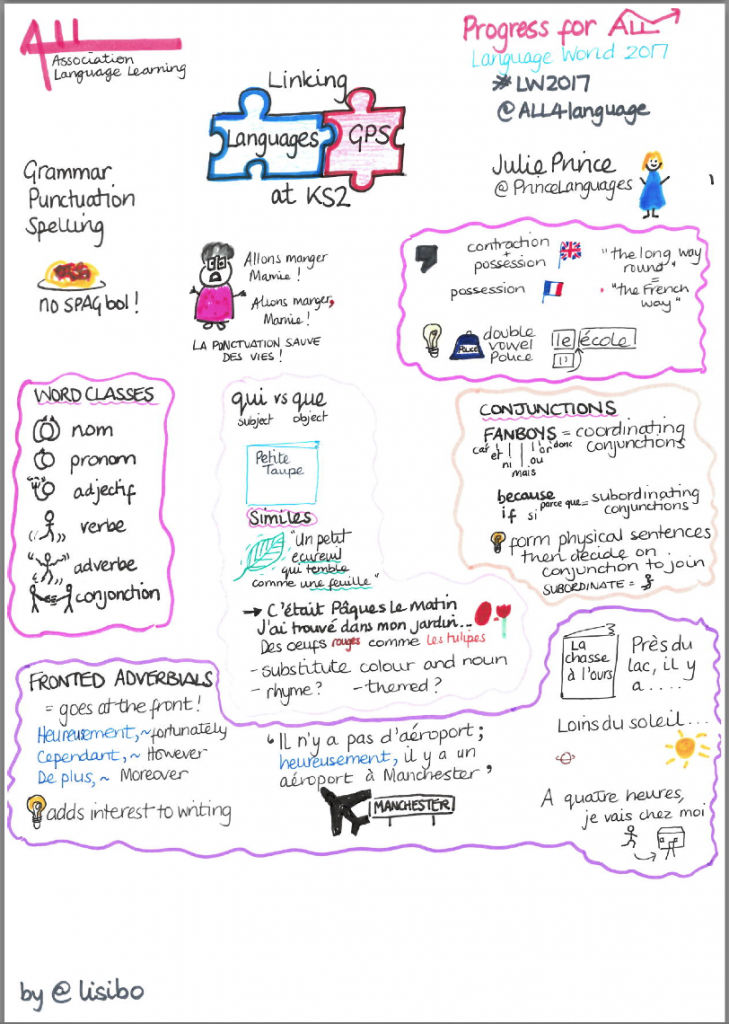
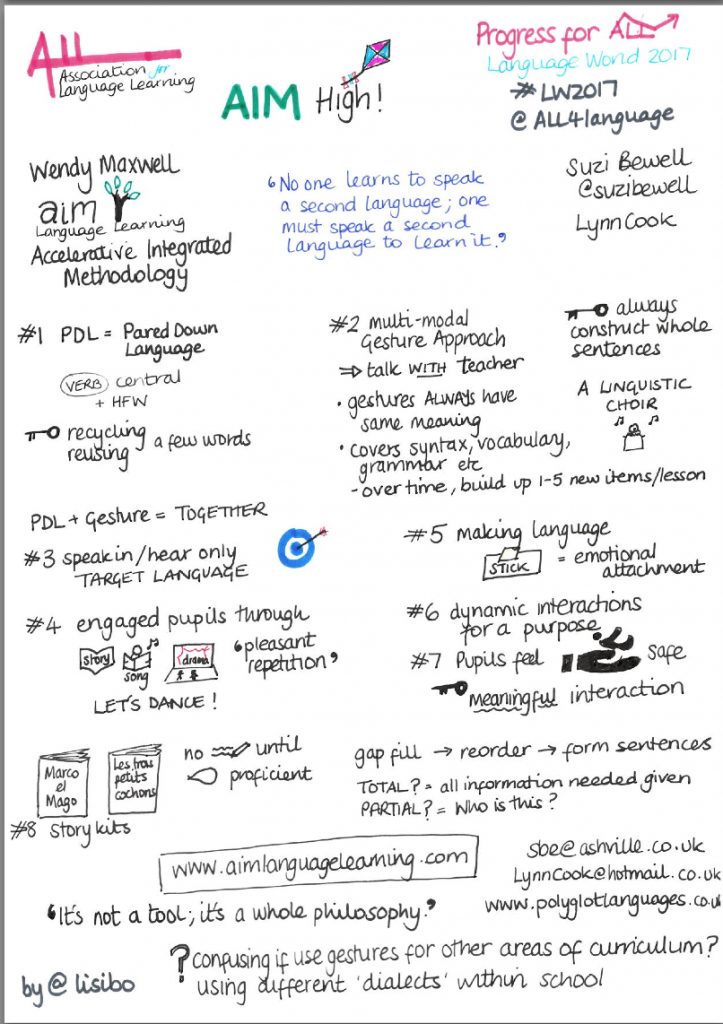
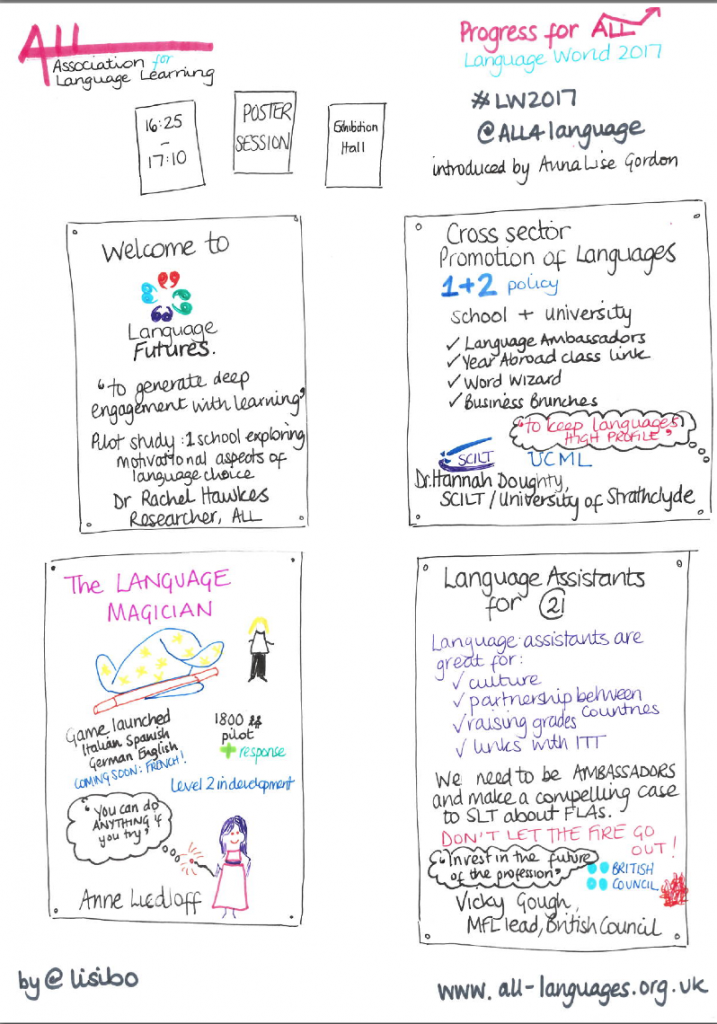
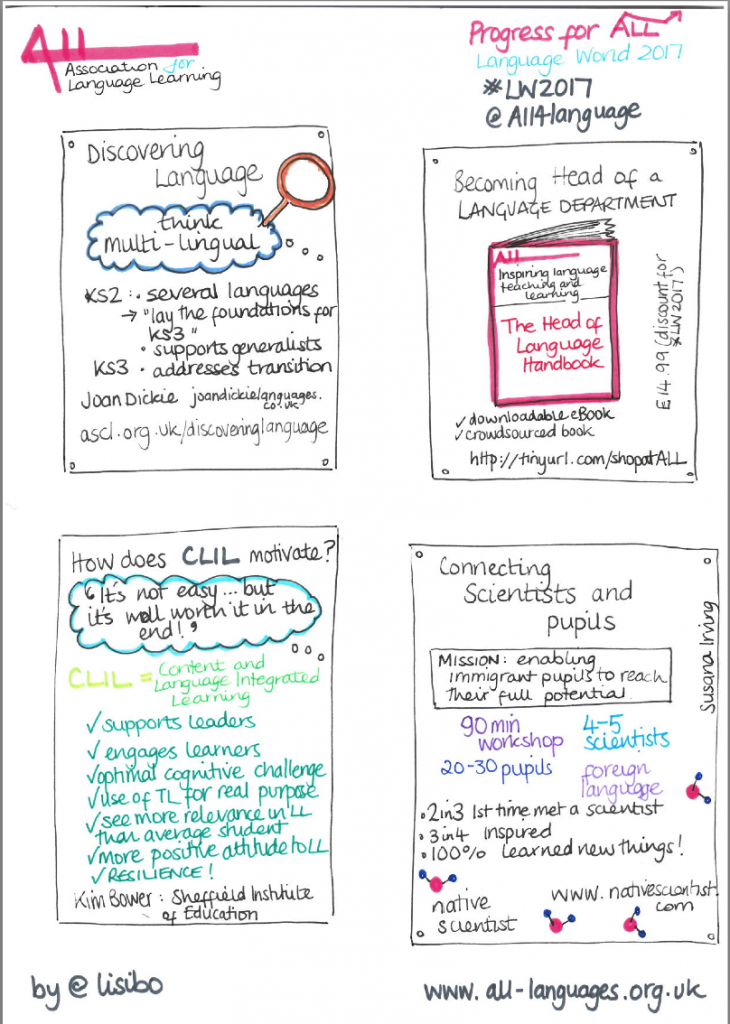

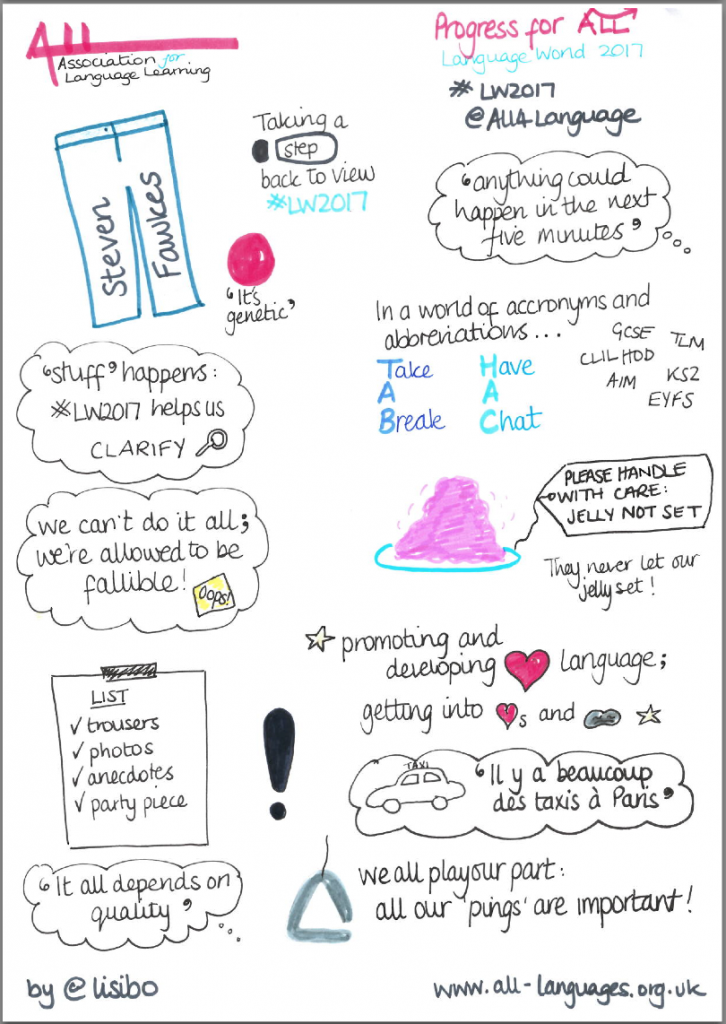
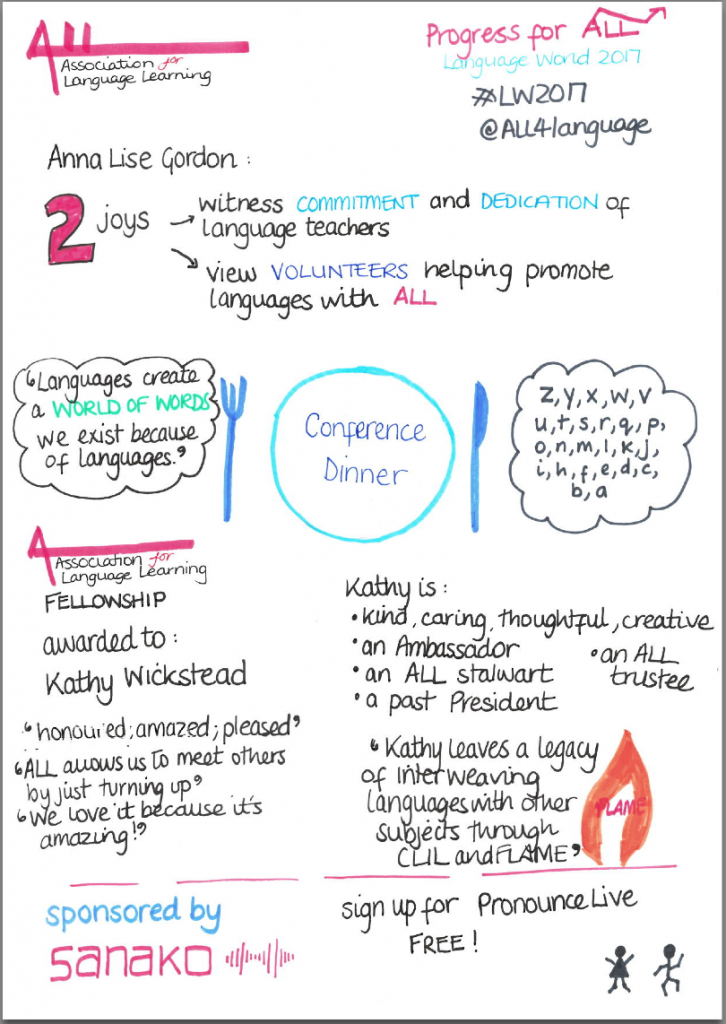
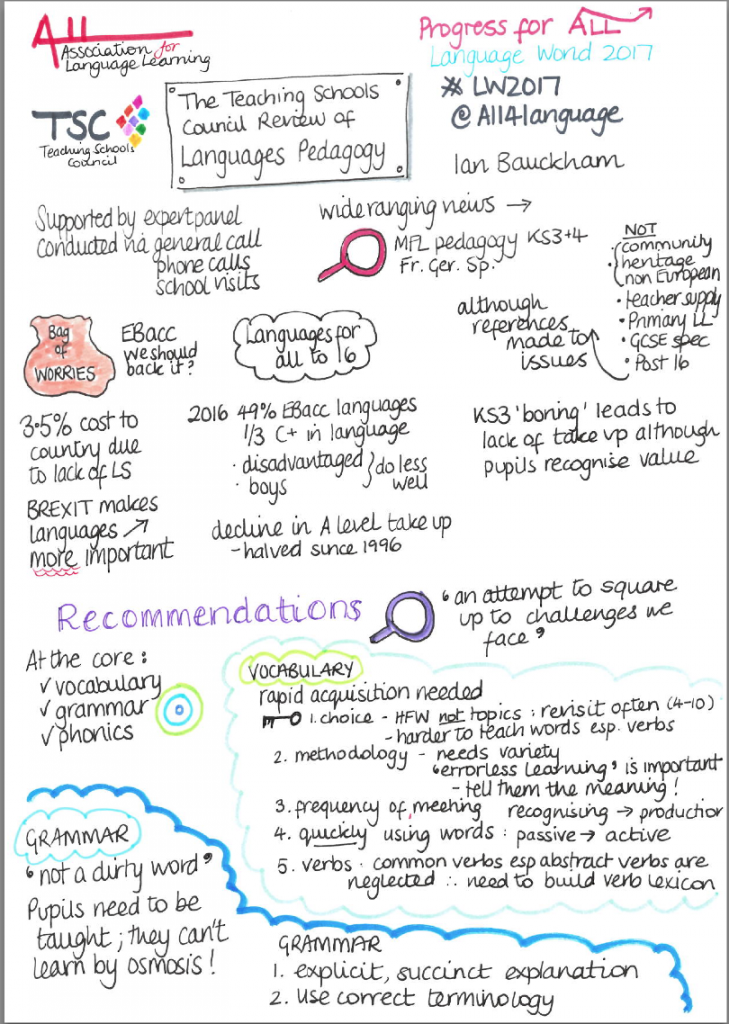

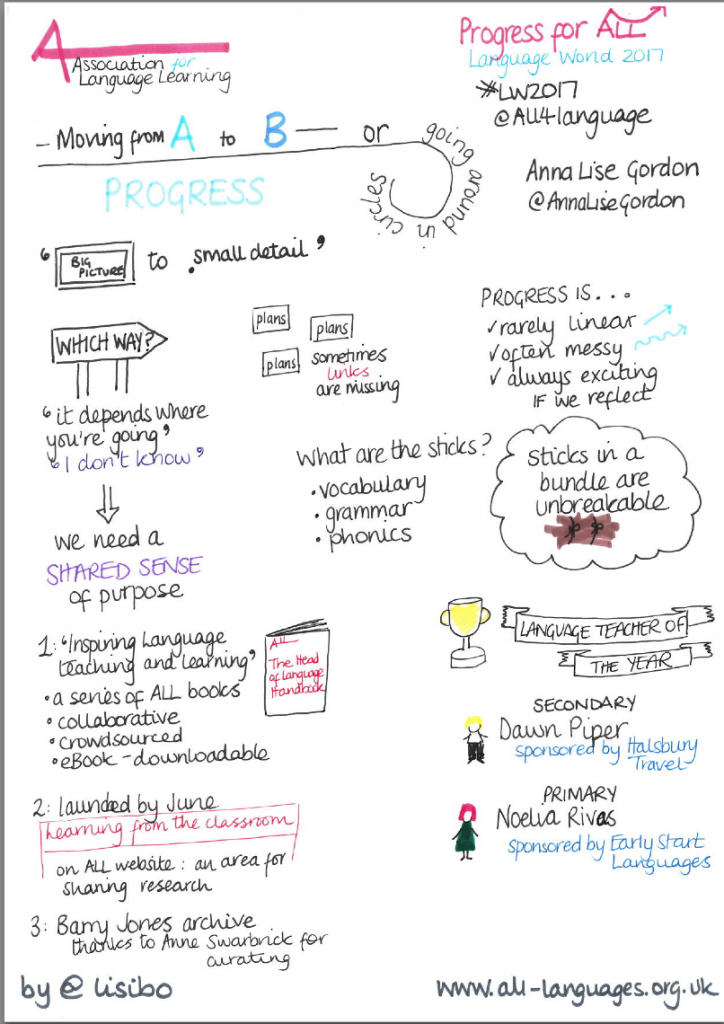



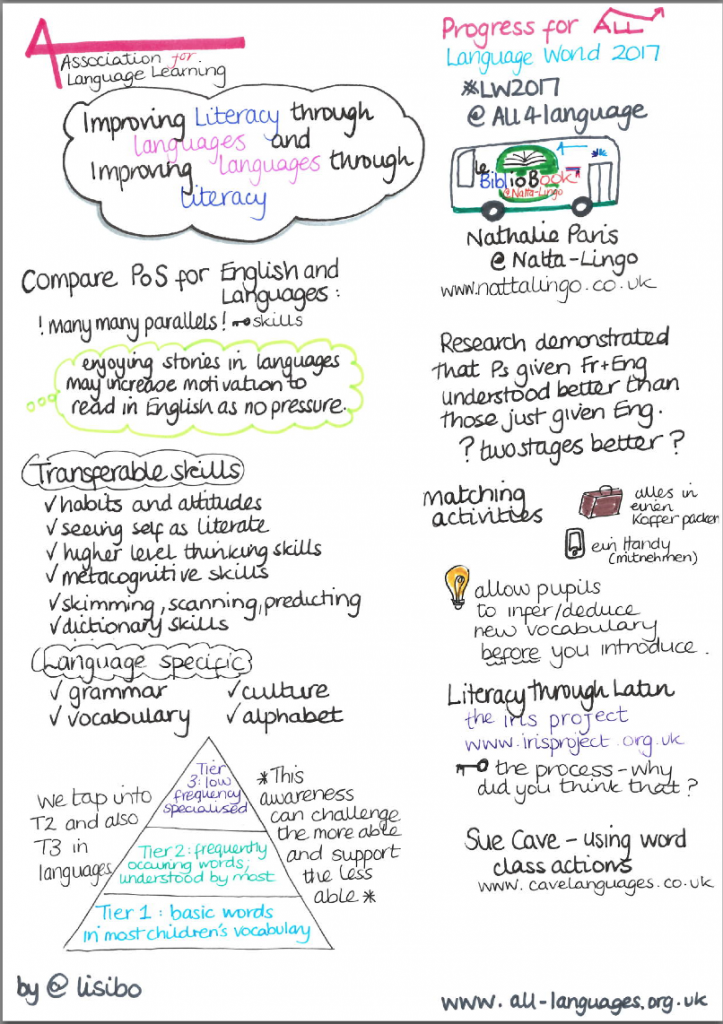
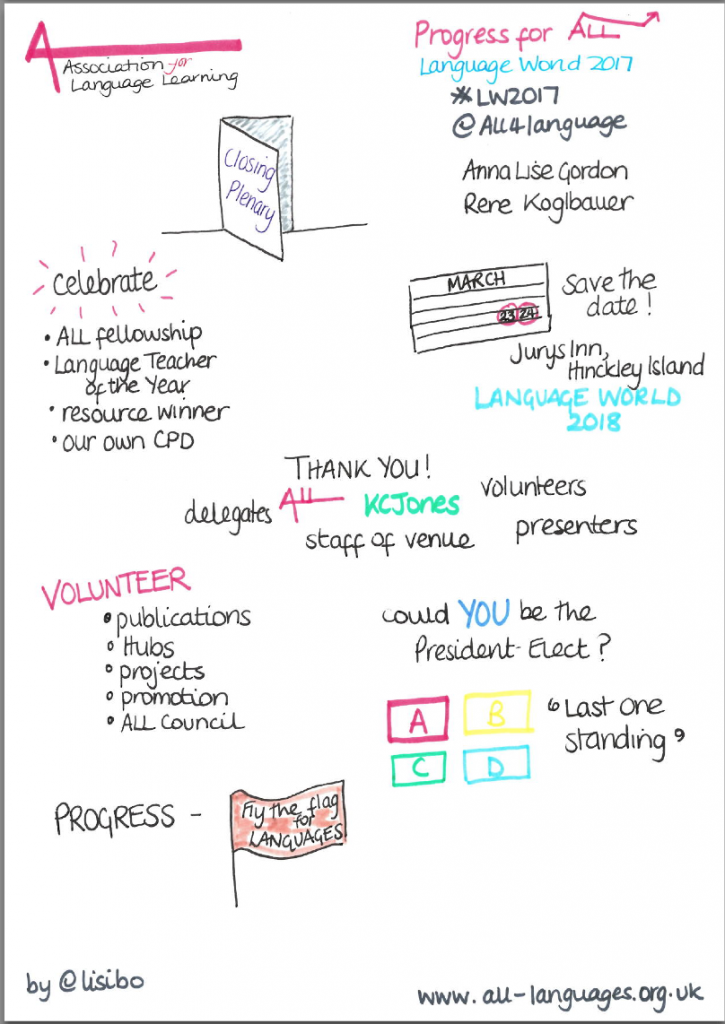
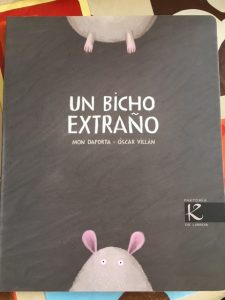
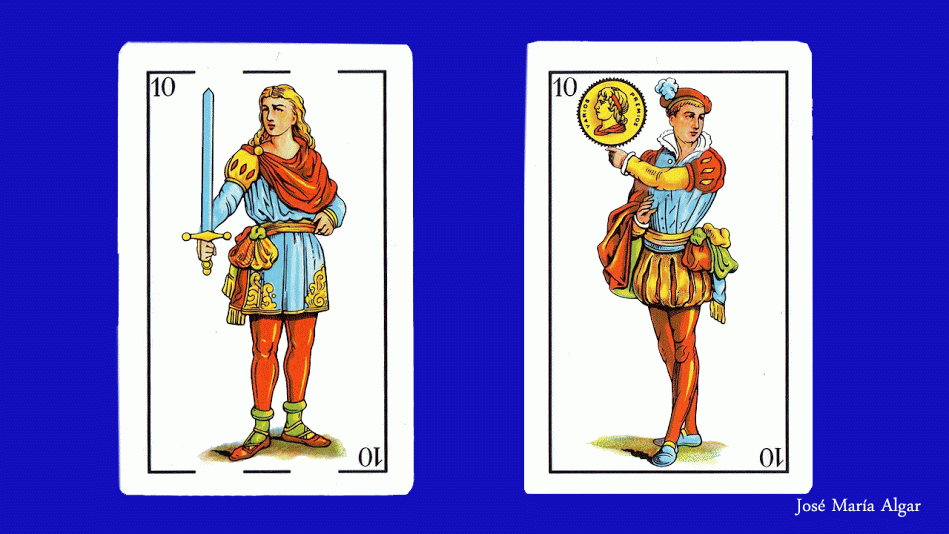 On my trips to Spain I’m always in search of a bargain! I’ve recently not had much luck finding ‘Poundland’ type shops, nor the equivalent of a Swiss brocki but this time I came across a 1 euro shop down one of the Siete Calles in Bilbao. Disappointingly there were no books, and unfortunately I was down to my last few euros. However, I did find some bargains.
On my trips to Spain I’m always in search of a bargain! I’ve recently not had much luck finding ‘Poundland’ type shops, nor the equivalent of a Swiss brocki but this time I came across a 1 euro shop down one of the Siete Calles in Bilbao. Disappointingly there were no books, and unfortunately I was down to my last few euros. However, I did find some bargains.